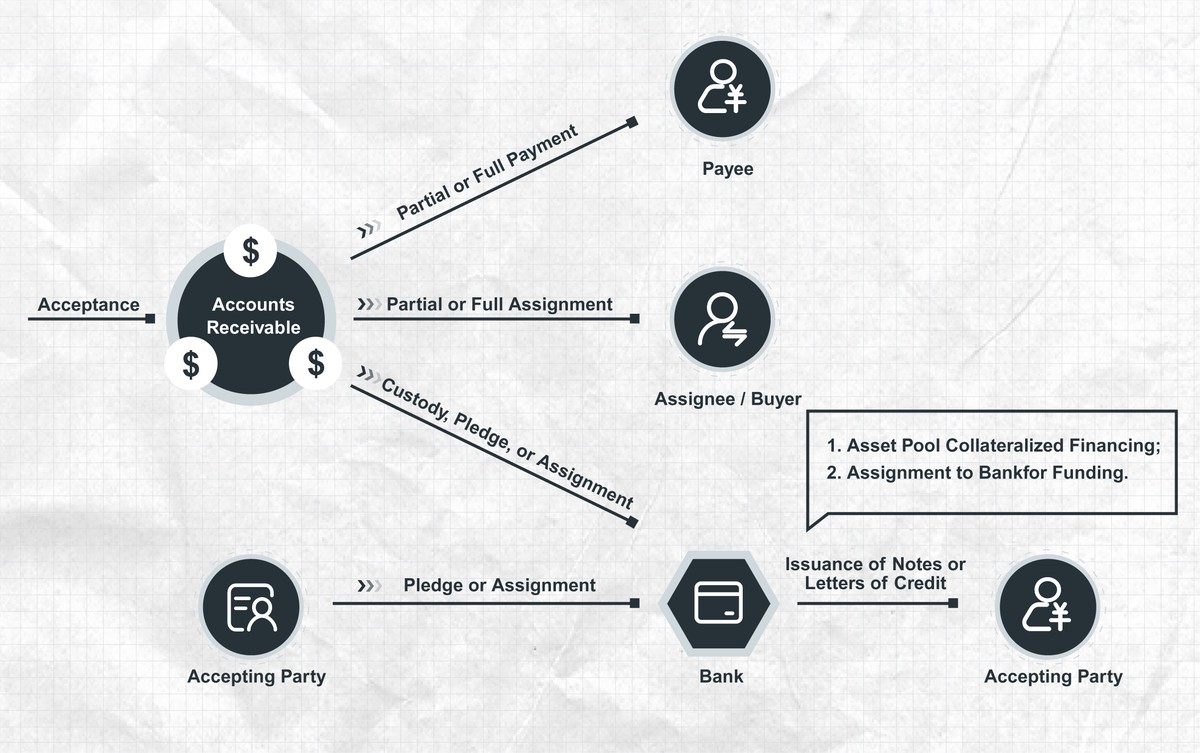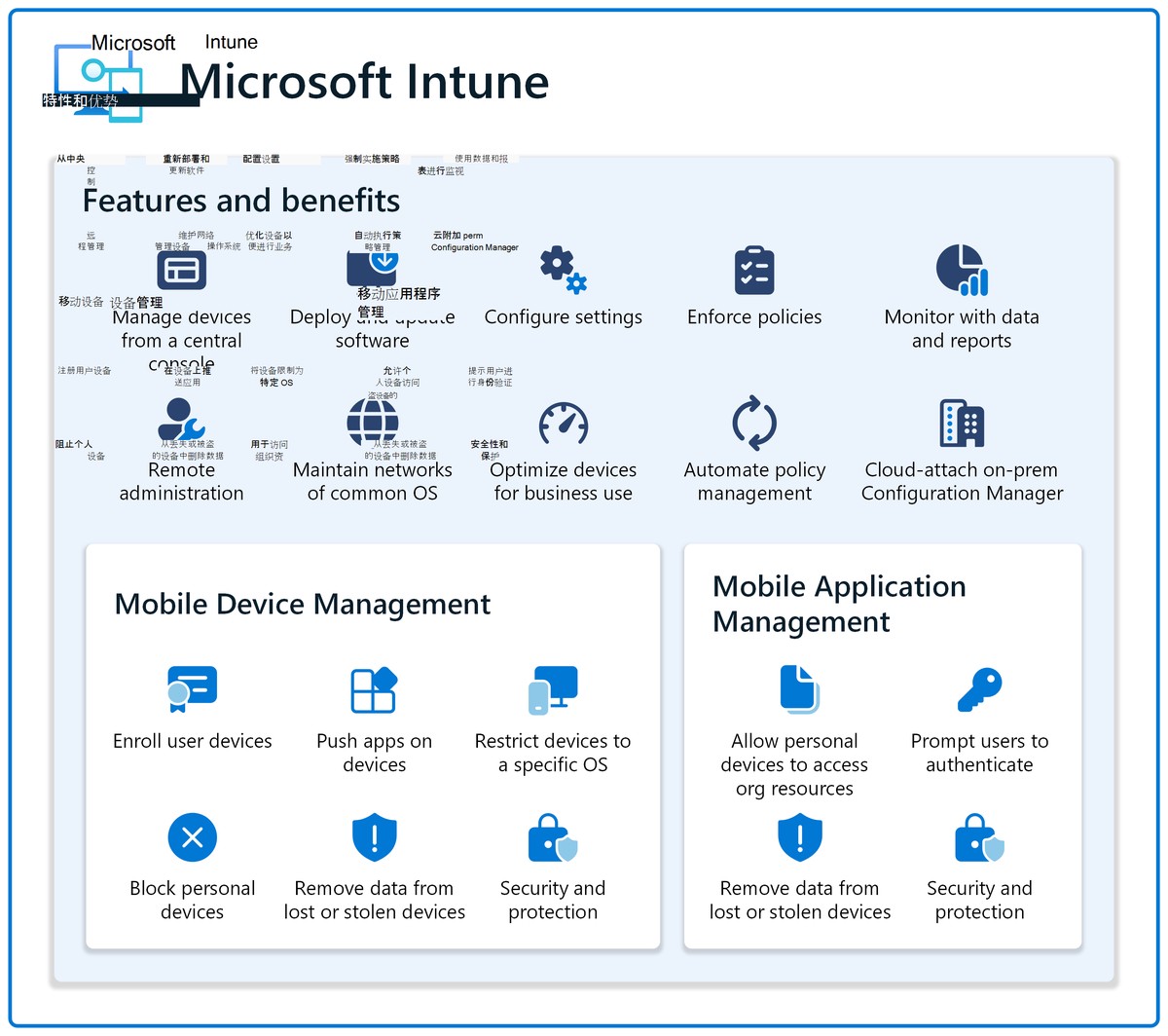===============================================
In modern portfolio management, investors and analysts strive to balance risk and return effectively. While metrics like the Sharpe ratio have long been standard tools, the Sortino ratio provides a more nuanced approach to evaluating performance by focusing specifically on downside risk. This article explores how Sortino ratio improves portfolio management, compares different strategies, and explains how investors can incorporate this metric into decision-making for better results.
Introduction to the Sortino Ratio
What Is the Sortino Ratio?
The Sortino ratio is a financial metric that measures risk-adjusted return by focusing only on downside deviation rather than total volatility. Unlike the Sharpe ratio, which penalizes both upward and downward volatility, the Sortino ratio considers only the harmful fluctuations that matter most to investors.
The formula is:
Sortino Ratio = (Portfolio Return – Risk-Free Rate) ÷ Downside Deviation
This makes the ratio particularly relevant for risk-averse investors and portfolio managers who prioritize capital preservation.
Why the Sortino Ratio Matters in Portfolio Management
- Focus on downside risk: It separates “bad” volatility from overall volatility.
- Investor relevance: Most investors don’t mind upside volatility, but they do care about drawdowns.
- Better performance analysis: Provides a clearer picture of portfolio resilience.
Understanding how to calculate Sortino ratio is critical, as the accuracy of inputs (expected return, risk-free rate, and downside deviation) determines its usefulness.
The Role of Sortino Ratio in Portfolio Management
Assessing Risk-Adjusted Performance
Traditional metrics often overstate risk by including upward movements. The Sortino ratio ensures portfolios aren’t unfairly penalized for gains, making it a more accurate measure of true performance.
Enhancing Decision-Making
Portfolio managers can compare investment strategies using the Sortino ratio to determine which delivers higher returns relative to downside risk. This improves capital allocation and risk control.
Tailored for Different Investor Types
- Retail investors: Gain confidence by focusing on downside protection.
- Institutional investors: Use it as part of broader risk models.
- Financial advisors: Communicate portfolio performance more effectively to clients.
Sharpe ratio penalizes both positive and negative volatility, while Sortino focuses only on downside deviation, offering more precise insight.
Two Strategies for Applying Sortino Ratio
Strategy 1: Portfolio Optimization Using Sortino Ratio
This strategy uses the Sortino ratio as a primary optimization metric in asset allocation models. Portfolios are structured to maximize risk-adjusted returns with a focus on limiting downside risk.
- Advantages: Aligns with real investor concerns, improves stability during market downturns.
- Disadvantages: Requires reliable downside deviation data, which can be harder to compute.
- Best Use Case: Sortino ratio for portfolio managers who need to optimize client portfolios with long-term downside protection in mind.
Strategy 2: Benchmark Comparison with Sortino Ratio
This method applies the Sortino ratio to compare portfolios, mutual funds, or hedge funds against benchmarks. Instead of only looking at absolute returns, investors analyze which fund delivers better returns relative to downside risk.
- Advantages: Simplifies fund selection by revealing “true risk efficiency.”
- Disadvantages: Benchmarks may not fully capture sector-specific risks.
- Best Use Case: Sortino ratio for hedge fund managers evaluating multiple strategies.
Comparing the Two Strategies
| Aspect | Optimization Strategy | Benchmark Comparison |
|---|---|---|
| Objective | Maximize portfolio’s Sortino ratio | Compare funds/portfolios using Sortino ratio |
| Key Advantage | Customizable to investor goals | Simplifies external performance evaluation |
| Key Limitation | Data-intensive, requires advanced modeling | Dependent on benchmark selection |
| Suitable For | Long-term investors, advisors, asset managers | Hedge funds, institutional investors |
In practice, combining both strategies often yields the best outcome: optimize portfolios internally and benchmark them externally.
Latest Industry Trends in Sortino Ratio Usage
1. Integration into Quantitative Models
Quantitative analysts increasingly use Sortino ratio application in Quants to refine algorithmic trading systems, ensuring that downside risk is prioritized in backtesting and real-time trading.
2. Growing Popularity in ESG Portfolios
Investors seeking sustainable strategies use the Sortino ratio to measure how well ESG portfolios protect against downside risk while still achieving above-average returns.
3. Widespread Use in Retail Platforms
Online brokerages now include Sortino ratio data in fund screeners, making it accessible for everyday investors. This expands awareness and adoption.
Growing adoption of the Sortino ratio among retail and institutional investors highlights its rising importance in portfolio management.

Real-World Application of Sortino Ratio
Imagine two portfolios:
- Portfolio A: Average return of 10%, but high downside volatility.
- Portfolio B: Average return of 9%, but lower downside volatility.
If Portfolio A has a Sharpe ratio slightly higher than Portfolio B, it may look better at first glance. However, once the Sortino ratio is calculated, Portfolio B often emerges as the better choice because it achieves returns with less harmful volatility.
This demonstrates why Sortino ratio matters to investors, as it provides insights beyond traditional metrics.

FAQ: Sortino Ratio in Portfolio Management
1. How is the Sortino ratio different from the Sharpe ratio?
While both measure risk-adjusted returns, the Sharpe ratio considers total volatility, including both upside and downside. The Sortino ratio focuses solely on downside deviation, making it more aligned with investor concerns. For practical decisions, understanding how is Sortino ratio different from Sharpe ratio is crucial.
2. When should investors use the Sortino ratio?
Investors should use the Sortino ratio when evaluating portfolios with asymmetric risk profiles or when downside protection is a key priority. It is especially relevant during volatile markets or for conservative investors seeking capital preservation.
3. What affects Sortino ratio calculation accuracy?
The accuracy depends on:
- Correct estimation of downside deviation.
- Choice of risk-free rate.
- Quality and length of historical return data.
Errors in any of these can misrepresent portfolio risk-adjusted performance.
Conclusion
The Sortino ratio has transformed how investors and portfolio managers assess performance by focusing on downside risk—the type of volatility that truly matters. Whether used for optimization or benchmarking, it provides a clearer and more practical measure than traditional metrics like the Sharpe ratio.
By adopting strategies that maximize the Sortino ratio, professionals and retail investors alike can enhance portfolio resilience, improve decision-making, and achieve long-term financial goals.
💬 Your Turn: Have you applied the Sortino ratio in evaluating your portfolio or investment strategies? Share your experiences in the comments below, and don’t forget to forward this article to colleagues and friends interested in better portfolio management!

0 Comments
Leave a Comment